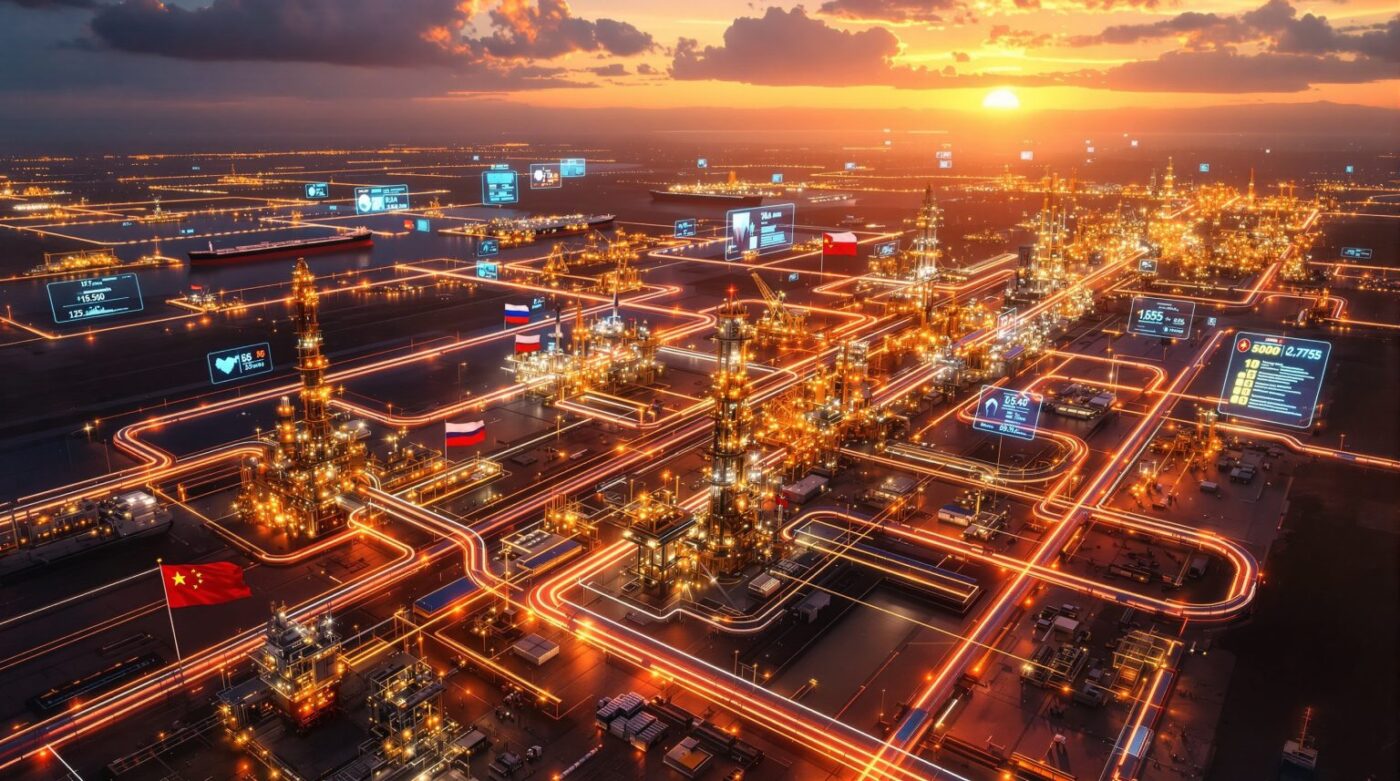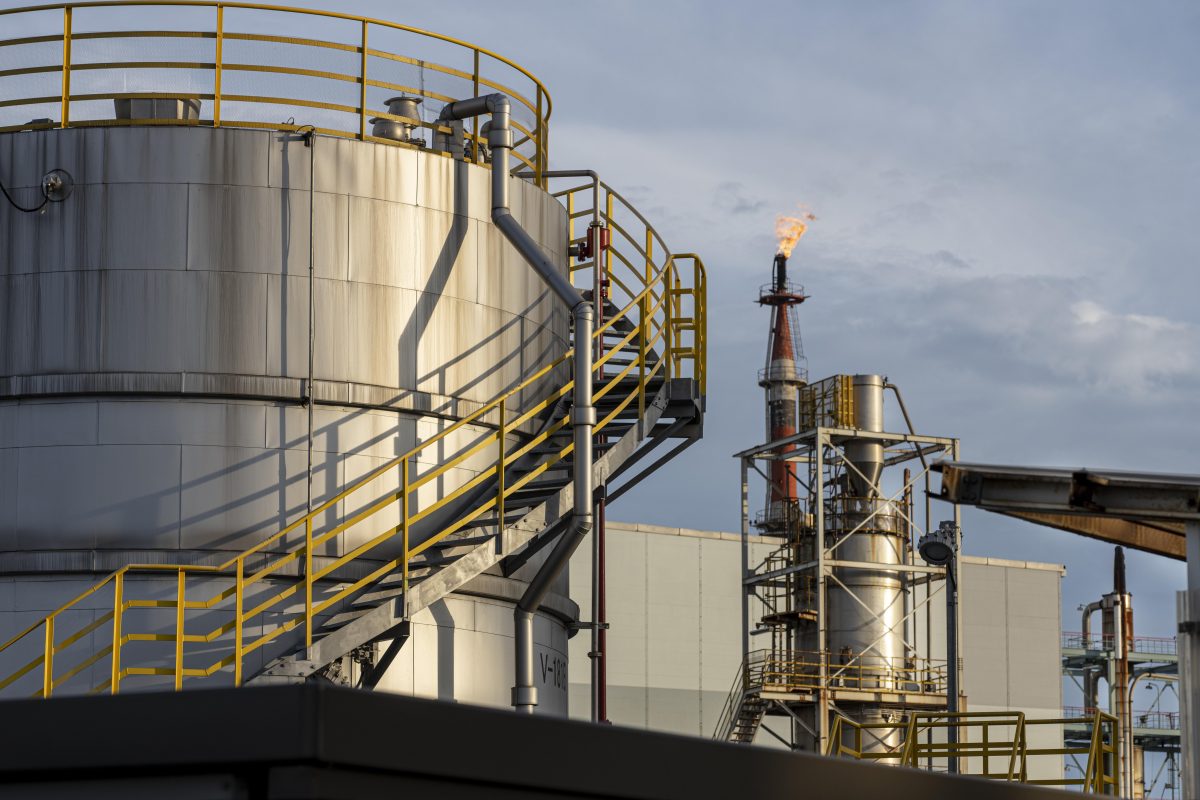
China & Russia Fuel Iran’s Oil Production Growth
- Partnership Revival: Iran is boosting its oil output through renewed strategic ties with China and Russia, helping it counter sanctions and tapping huge reserves like those in the West Karoun fields. These collaborations include investment, technical assistance, and field development.
Updated Analysis
With Western sanctions continuing to constrain Iran, the country has leaned heavily on China & Russia to maintain and increase production. China is backing Iran via contracts that cover field services, drilling infrastructure, and capacity expansions. Russia is contributing expertise, equipment, and agreements to develop both upstream and downstream projects. Observers see this triangulated cooperation as shifting dynamics in oil diplomacy, with Iran becoming less peripheral despite international pressure.
Production & Field Details
- West Karoun Complex: A major oil-rich zone with dozens of fields (e.g. North & South Azadegan, Yadavaran), holding tens of billions of barrels in place. Current output is reported at ~500,000 barrels per day, with ambitions to eventually double.
- Cost advantage: Ultra-low production costs per barrel (~US$2-3) in many Iranian fields make projects viable even under sanctions. Enhanced recovery techniques are a focus to boost output.
- Contract structures: Chinese firms are using “contract-only” models (services, engineering, maintenance) to sidestep sanctions exposure. Russian entities are involved under MoUs and joint development agreements, supplying rigs, dual-lateral drilling, and pressure-enhancement tech.
Read full coverage:
DiscoveryAlert — China & Russia Enable Iran’s Oil Growth |
Yahoo Finance — China & Russia Power Iran’s Next Oil Surge
Strategic & Market Snapshot
This expansion has both geopolitical and market implications. Geopolitically, it strengthens Iran’s resilience under sanction regimes and shifts some leverage away from Western control in global energy flows. On the market side, it increases supply from a sanctioned source, potentially dampening global oil price spikes, especially in Asia. Key items to watch: changes in output volumes from West Karoun, further MoUs, how sanctions enforcement responds, and whether production increases lead to visible shifts in global crude trade patterns.



